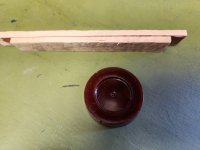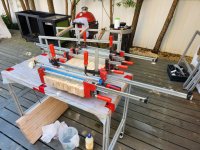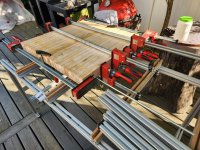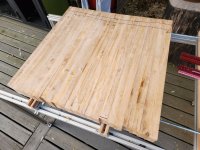Richard/RMW
Member
- Joined
- Jul 11, 2010
- Messages
- 2,947
Doing some reading and it appears TB2 might work fine also. Apparently TB3 is "waterproof" i.e. soak it and it doesn't fail while TB2 is only "water resistant" whatever that means I've yet to figure out.
All I'm looking for is not having joint seperate due to exposure to humidity and temperature variation.
Thanks.
RMW
All I'm looking for is not having joint seperate due to exposure to humidity and temperature variation.
Thanks.
RMW





